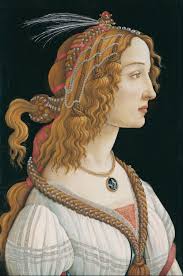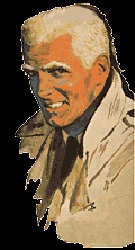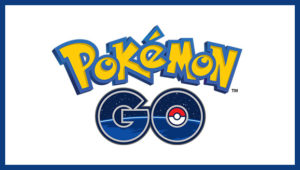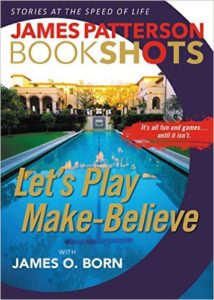by James Scott Bell
@jamesscottbell
 One of my favorite noirs is the 1944 classic Laura. Dana Andrews plays a NYC detective investigating the murder of the beautiful Laura Hunt (Gene Tierney). It becomes personal when he sees a framed portrait of Laura and is enraptured by it. And why shouldn’t he be? It’s Gene Tierney, after all.
One of my favorite noirs is the 1944 classic Laura. Dana Andrews plays a NYC detective investigating the murder of the beautiful Laura Hunt (Gene Tierney). It becomes personal when he sees a framed portrait of Laura and is enraptured by it. And why shouldn’t he be? It’s Gene Tierney, after all.
I thought about this the other day when I read a story about the artist Sandro Botticelli (1445–1510) and his painting “Portrait of a Young Woman.” The subject was Simonetta Vespucci, wife of Marco Vespucci who was cousin to Amerigo, the explorer for whom our country was named (history lessons are no extra charge here at TKZ). Sadly, Simonetta died at age 22 or 23, probably of tuberculosis. Botticelli was clearly captivated by her beauty. I am, too.
I understand the allure of the Mona Lisa. Her enigmatic smile has been the source of centuries of speculation, and even song. Do you smile to tempt a lover, Mona Lisa? Or is this your way to hide a broken heart? But I admit sometimes she frustrates me.
Simonetta invites. I gaze at her eyes and wonder what’s going on behind them. She wears the trappings of wealth—a head covering festooned with pearls and feathers, and a medallion that may have been the gift of Lorenzo de Medici, the Florentine who was patron to both Botticelli and Michelangelo, and whose brother Giuliano may have been Simonetta’s lover.
Is she thinking, How did I ever get into this mess? Or, I’ve finally found happiness and I am at peace.
Well, just like with Mona Lisa, it’s not the answer that counts, but the imaginings and the various pathways they open in the vast neural networks of the mind.
Which is why I always find a visual for my characters.
When I start assembling my cast I first choose a name. I usually use Scrivener’s Name Generator for this. I start a Character Sheet and write what their role in the story will be.
Then I go looking for an image. Several authors I know use AI for their character images. My preferred method is simply to search Google Images for “Middle aged fisherman” or “Thirty year old businesswoman.” Then I scroll around looking for a face, and especially eyes that spark something unanticipated in me. That’s the key. I want to be surprised. I’ll copy that image into the Character Sheet then write some notes on what the eyes are saying to me.
Later I can open up the Corkboard View and see all the faces at once. When I write a scene, I can put the picture of a character onscreen as I type.
In the years before Google I used to buy magazines with lots of pictures, like Us and People (and no, I didn’t buy that picture magazine). I’d go through them and cut out faces and toss them in a box. When I started a project I’d take out the box and play casting director.
Much easier now.
In the 1950s, Richard Prather wrote a series of PI books that outsold all others except those by Mickey Spillane. His hero was Shell Scott, and his defining feature was a buzz cut of white-blond hair. The publisher, Fawcett Gold Medal, decided to put a picture of Shell on the books.
In the 1960s, John D. MacDonald gave us Travis McGee, and Fawcett did the same thing.
[FWIW, Sam Elliott played Travis in a TV movie and didn’t fit the profile at all. Much better was Rod Taylor in a little seen adaptation of Darker Than Amber (1970). Catch it if you can. Taylor is spot on.]
Personally, I think it’s better when readers form their own picture of a series lead. When I first conceived of Mike Romeo I went looking for a face…and found one that was, and is, perfect (for me). But I shan’t reveal who it is. Let the readers form the image for themselves. That gives them a “personal” Mike.
But for my own use in a project, a picture is a portal into a character’s soul.
What about you? Do you like to find pictures for your characters? Or are the pictures in your head enough?








